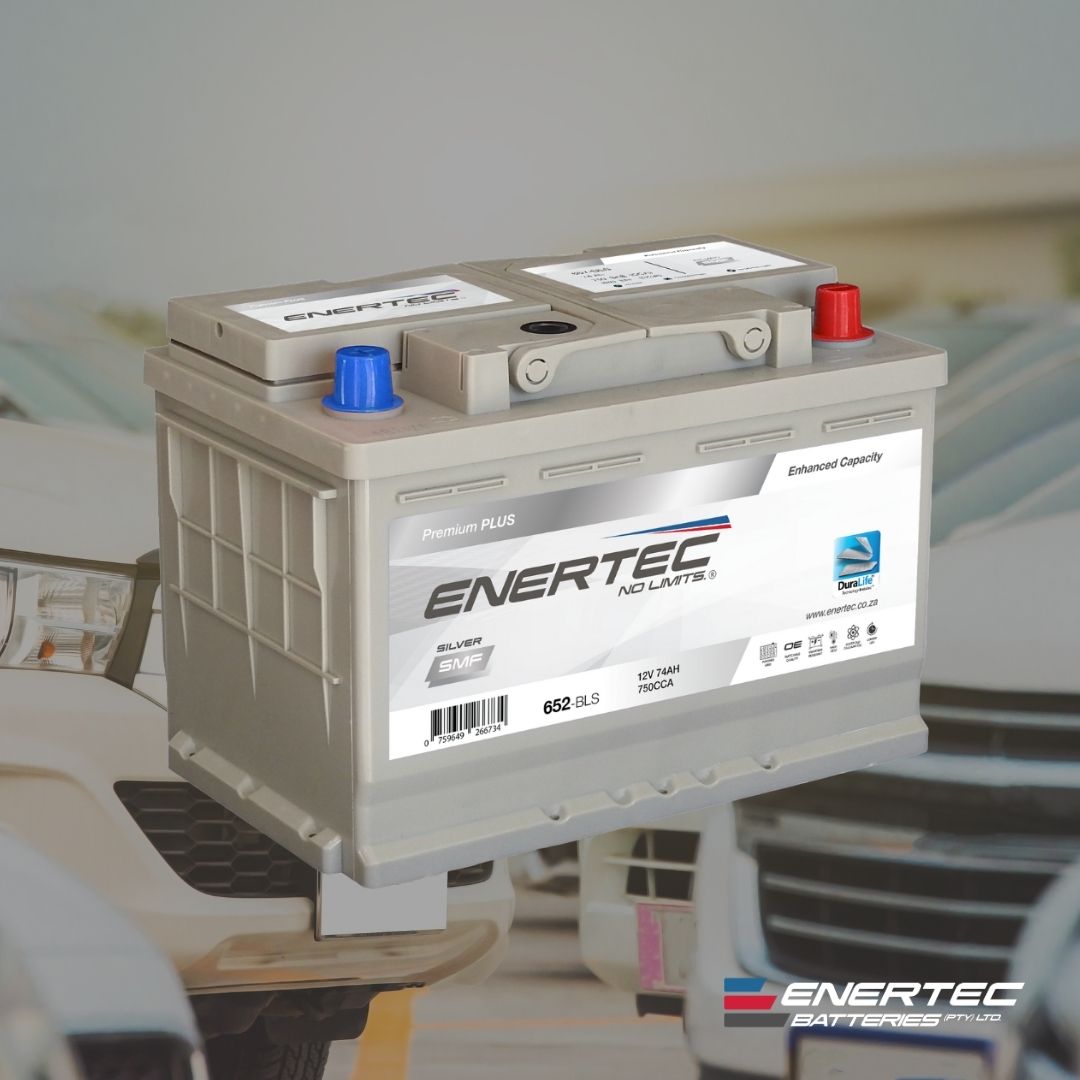2023-02-07 11:46:13
The evolution of Vehicle Battery Replacement and Installation
Car batteries are, in fact, not as old as the car itself. It might be interesting to know that the earliest cars did not even have batteries. Rather, they were equipped with a mechanical crank starter, and used bells instead of electrical hooters, as well as gas-powered headlights.
Batteries in vehicles became widely used around the 1920s, which is around when electric starter motors were introduced. Since then, the lead-acid battery has been an essential part of any car for quite some time. You might even be surprised to learn that the basic battery installation process hasn’t changed very much since then. That is, until Electric Vehicles (EVs) entered the scene.
Battery handling is dictated by the evolution of the Battery itself
Even though battery technology has evolved significantly since the introduction of the first car battery, battery handling has remained largely the same. This is because battery sizes have been standardised, for the most part, since they were introduced.
Even though lead-acid batteries required regular maintenance until the 1980s, when Delco-Remy introduced the first maintenance-free battery, their removal and replacement has not changed very much at all. To explain this process simply, it has largely involved disconnecting the clamps, removing the old battery, replacing it with a new battery, and reconnecting the clamps.
More efficient battery technology has allowed for batteries to become smaller and lighter, making battery removal and replacement much more convenient
However, this process has remained the same for combustion vehicles even with the introduction of EFB, AGM, and lithium-ion technology.
That is, until the introduction of the Electric Vehicles (EVs)
Before delving into EV batteries, we should first establish the key difference between a normal automotive battery and an EV battery. The main difference between the two battery types lies in the intention behind them. A normal combustion engine car battery is only required to power the car’s starter motor and its auxiliary electronics such as the security system, lights, and windscreen wipers.
In an EV, the battery powers the auxiliary electronics as well, but it actually needs to supply constant power as the car drives, as it is the driving force behind the car. This requires a huge amount of battery power.
Because of this, an EV battery needs to supply a lot more energy. EV batteries typically run at around 600V, as opposed to the standard 12V of a combustion engine car battery.
While a single lithium-ion cell on an EV battery might actually be much smaller than a cell on a normal car battery, the size of the battery pack itself is much larger. The battery compartment of an EV typically takes up a large portion of the floor of the car.
This means that a battery on an EV is actually much more complicated to replace. However, an EV battery actually lasts much longer than a normal car battery.
While a normal combustion engine battery may need to be replaced every 2-5 years, EV batteries can last anywhere between 15 and 20 years. By that time, most people would have also upgraded their vehicles to a newer model.
EV batteries can be incredibly difficult and expensive to replace
Some manufacturers, such as Tesla, make battery upgrades possible. However, this will set you back quite a significant amount. Because these batteries are designed to last for a decade at minimum (depending on overall care and operating conditions), it is generally not considered something to be concerned about. This is quite a stark contrast to a combustion engine battery.
The demand for Increased power and performance in vehicles, has set the trend on battery technology advancements
Vehicle electronics have become more complex as car technology has become more sophisticated, so there is now a greater need for increased battery performance. Not only are vehicles equipped with more electronics than ever before, the technology itself has become more demanding.
Cameras, guidance systems, detection and monitoring systems, and a whole host of other advancements all require battery power.
With time, the demands on vehicle batteries have continued to increase and will no doubt continue to do so. This also means that combustion engine vehicles are going to need more sophisticated batteries to power their auxiliary electronics and keep more advanced starting technology such as start/stop systems going.
Without a doubt, however, the main reason behind rapid leaps in battery technology has been the race toward vehicle electrification.
Battery capacity is being driven by EV technology
Because the battery is the driving force behind an EV, its capacity has to be far higher than a normal car battery. The average EV has around a 40 kWh battery. However, some EVs have battery capacity of up to 100 kWh. This is by no means an upper limit, as car manufacturers are always trying to find innovative ways to improve EV battery capacity.
With lithium-ion technology, which is the most common technology found in EVs, manufacturers are able to pack a lot more energy into a smaller cell, because lithium-ion cells are incredibly energy dense. EV batteries are typically large battery packs made up of hundreds (or thousands) of cells, depending on the type of EV battery installed in the car.
New chemistries and competing technologies offer more efficient battery handling
With standard combustion engines, one of the main positives that has come about due to new technology, has been easier handling and disposal.
Newer battery types such as AGM, Gel, and dry cell batteries do not have the complication of leaks and spillages when removing the battery. Sealed, maintenance-free wet cell batteries also do not have openings for water, which also drastically improves the safety and handling experience of the battery.
EV batteries are even simpler, because they do not even require handling in normal circumstances. With an EV, the only thing you will need to be concerned about is ensuring that your car’s state-of-charge is maintained by visiting an EV charging station or by charging your car at home. Your battery’s state of charge and condition can also be monitored remotely.
Battery replacement services
Battery replacement on a normal battery is fairly easy and hassle-free. For those not wanting to go the DIY route, battery retailers such as Battery Power-Zone offer free battery replacement when purchasing a battery from one of their outlets.
With the introduction of new battery technologies such as EFB, AGM, and lithium-ion batteries for combustion engine vehicles, the drop-in replacement has become the standard for battery upgrades.
If your lead-acid battery is approaching the end of its life, it may be beneficial to choose a more advanced battery technology for your vehicle, especially if you have greater energy demands such as living in a high-traffic area with frequent stops and starts.
Do-It-Yourself
While replacing your own battery is fairly simple, it is very important to make sure that you have chosen the correct battery. Always check your car’s manual and warranty information before doing so.
For a guide on vehicle battery replacement, read this article from one of Enertec’s trusted retail clients, Battery Power-Zone, for more information.
EV charging stations
EV charging stations are becoming more commonplace at destinations such as vehicle garages and dealerships, shopping complexes, airports, and hotels. Do your research on your nearest charging stations to stay on top of your battery’s charge, no matter your destination.
For more information on EV charging, as well as portable EV charging, read our article on the difference between an OEM (Original Equipment Manufacturer) and a Smart CTEK charger for your EV.
For more information on the vast selection of batteries that Enertec supplies, have a look at our upgraded website’s product page. Alternatively, reach out to one of our friendly consultants at any of our branches nationwide.



